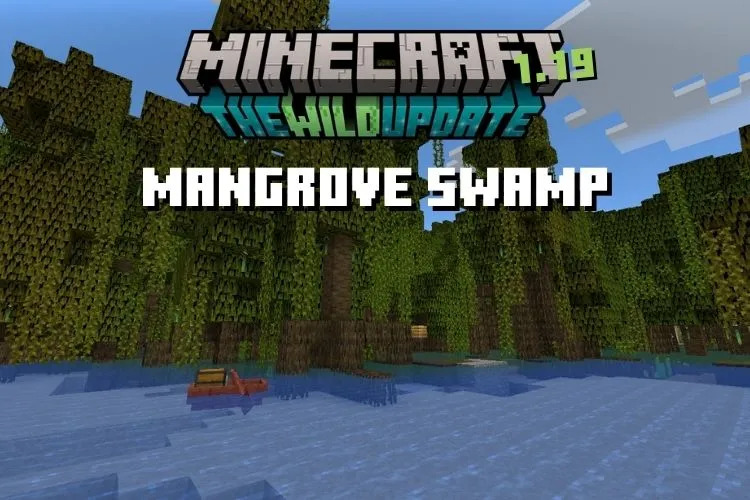For the majority of Minecraft’s existence, swamps were a unique biome. Mangrove swamps, on the other hand, are a new variation that appeared following the 1.19 release. How do these biomes contrast and compare, though? Although mangrove swamps are technically still wetlands in Minecraft, they differ from the conventional swamps in terms of variation. But the two biomes are also rather similar to one another in a number of ways, so they don’t diverge all that much from one another. Numerous details need to be taken into account. Thus it doesn’t harm to break them down so that players are completely informed of them.
It’s vital to take into account three key aspects when identifying distinctions between the two swamp biomes in Minecraft: what they are built of, what they contain, and how they interact with the surrounding environment. It all depends on the types of blocks that make up each marsh, the wildlife that inhabits them, and the outside forces that are at work. Temperature and closeness to other biomes are some of these variables. For instance, both wetlands and mangrove swamps in Minecraft have the same baseline temperature of 0.8. However, when they are formed, mangrove swamps trend toward warmer temperatures. As a result, mangrove swamps are situated nearer to biomes that are warmer, like deserts and rainforests, among others.
Swamps and mangrove swamps have certain similarities, such as the presence of water and the capacity to produce hostile creatures like frogs and slimes. The similarities end there, though, pretty much. Mangrove swamps have mangrove trees of various heights and employ mud blocks instead of grass blocks, whereas regular swamps grow oak trees and have the ground cover made of grass blocks. Mangrove wetlands also have blocks that are absent from the regular version, such as moss carpets and bee nests. Tropical fish are present in mangrove swamps but not in conventional swamps, which is one of the main contrasts between the two swamp biomes. Additionally, mangrove swamps have somewhat different colored water and plants than typical swamps, with teal-like waters and lighter green vines. Mangrove swamps have patches of grass as well, which are absent from traditional swamps. This might be the case because typical swamp biomes already contain grass blocks and don’t need to require more. The two biomes’ structural differences are also significant. In particular, mangrove swamps can only naturally produce enormous mangrove trees and fossils. On the other hand, common wetlands can produce massive swamp oak trees, enormous red and brown mushrooms (in Bedrock Edition), fossils, and swamp homes. Witches can appear in either of the swamp biomes, but only traditional swamps can produce the cottages where they live, complete with cats and cauldrons for concocting potions.
Keep reading IWMBuzz.com


